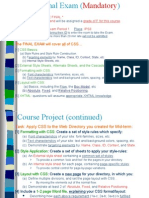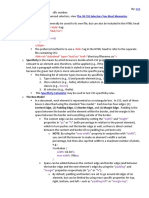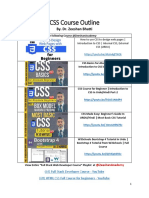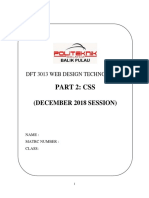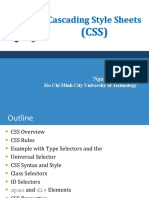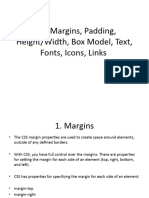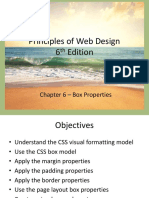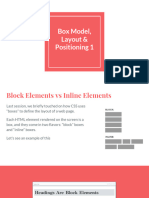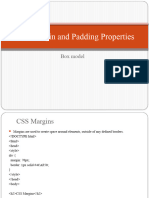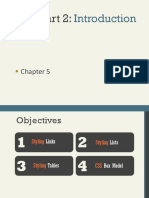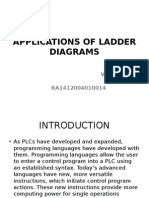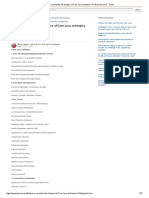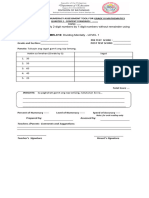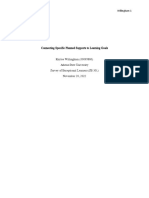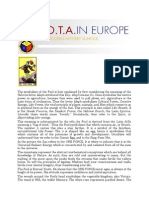0% found this document useful (0 votes)
13 views29 pagesMM211 Lecture 08 - CSS Part 2
Uploaded by
abhishek kumar bhaugeeruthyCopyright
© © All Rights Reserved
We take content rights seriously. If you suspect this is your content, claim it here.
Available Formats
Download as PPT, PDF, TXT or read online on Scribd
0% found this document useful (0 votes)
13 views29 pagesMM211 Lecture 08 - CSS Part 2
Uploaded by
abhishek kumar bhaugeeruthyCopyright
© © All Rights Reserved
We take content rights seriously. If you suspect this is your content, claim it here.
Available Formats
Download as PPT, PDF, TXT or read online on Scribd
/ 29

